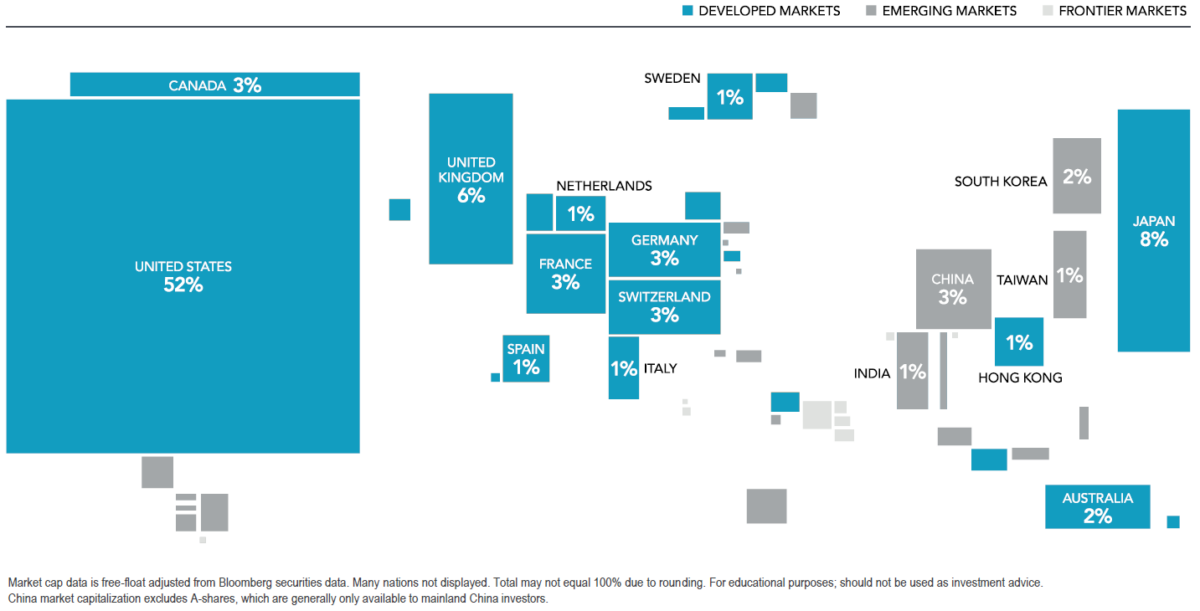DFA Mutual Funds Explained Dimensional Fund Advisors, is an investment management company that takes a unique approach to the mutual fund investment strategy. As with traditional mutual funds, DFA allows investors the opportunity to pool their funds with other investors to buy blocks of securities, but the strategy behind selecting assets for a DFA mutual […]










